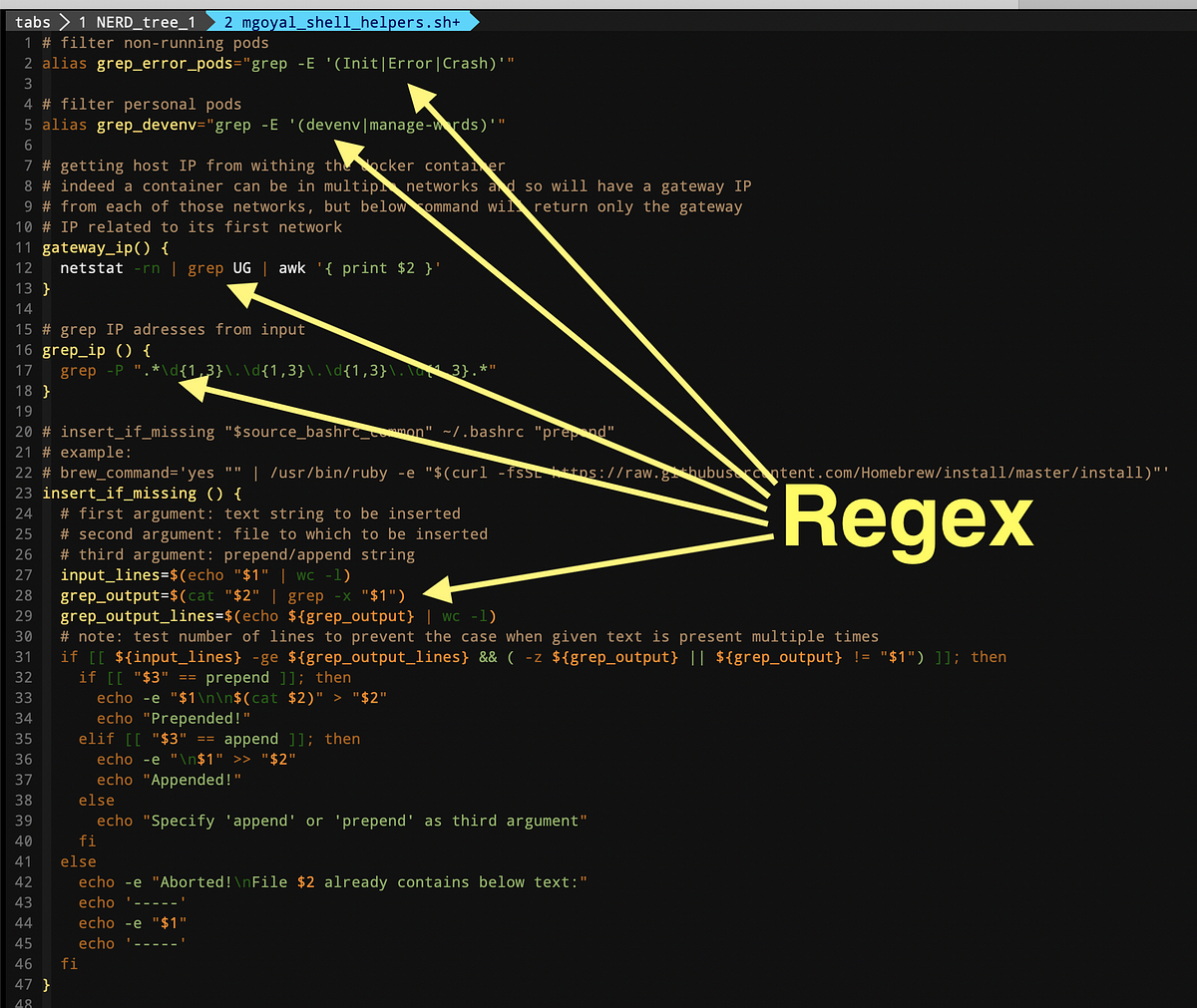

end() It is used for getting the end index of a match that is being found using find() method. start() It is used for getting the start index of a match that is being found using find() method.

find(int start) It is used for searching occurrences of the regular expressions in the text starting from the given index. find() It is mainly used for searching multiple occurrences of the regular expressions in the text.

This can be implemented by invoking a matcher() on any pattern object.

This object is used to perform match operations for an input string in java, thus interpreting the previously explained patterns. toString() It is used to return the string representation of this pattern. The limit parameter controls the number of times the pattern is applied. split(CharSequence input, int limit) It is used to split the given input sequence around matches of this pattern. split(CharSequence input) It is used to split the given input sequence around matches of this pattern. quote(String s) It is used to return a literal pattern String for the specified String. pattern() It is used to return the regular expression from which this pattern was compiled. matches(String regex, CharSequence input) It is used to compile the given regular expression and attempts to match the given input against it. matcher(CharSequence input) It is used to create a matcher that will match the given input against this pattern. flags() It is used to return this pattern’s match flags. compile(String regex, int flags) It is used to compile the given regular expression into a pattern with the given flags. compile(String regex) It is used to compile the given regular expression into a pattern. This can be created by invoking the compile() method which accepts a regular expression as the first argument, thus returns a pattern after execution. This class is a compilation of regular expressions that can be used to define various types of patterns, providing no public constructors. More understanding can be interpreted from the image provided below as follows: Regex in java provides us with 3 classes and 1 interface listed below as follows: MatchResult Interface Used for representing the result of a match operation PatternSynta圎xception Class Used for indicating syntax error in a regular expression pattern 4. Matcher Class Used for performing match operations on text using patterns 3. Pattern Class Used for defining patterns 2. The package primarily consists of the following three classes as depicted below in tabular format as follows: S. This consists of 3 classes and 1 interface. Regular Expressions are provided under package. Email validation and passwords are a few areas of strings where Regex is widely used to define the constraints. Regular Expressions or Regex (in short) in Java is an API for defining String patterns that can be used for searching, manipulating, and editing a string in Java. ISRO CS Syllabus for Scientist/Engineer Exam.ISRO CS Original Papers and Official Keys.GATE CS Original Papers and Official Keys.
#REGEX FOR NUMBER JAVA HOW TO#
How to validate a phone number using regular expressions (regex) in Java: import java.util.* In this tutorial, we are going to see how to validate a phone number using regular expressions (regex) and the pile(regex) method to compile the regular expressions in Java.


 0 kommentar(er)
0 kommentar(er)
